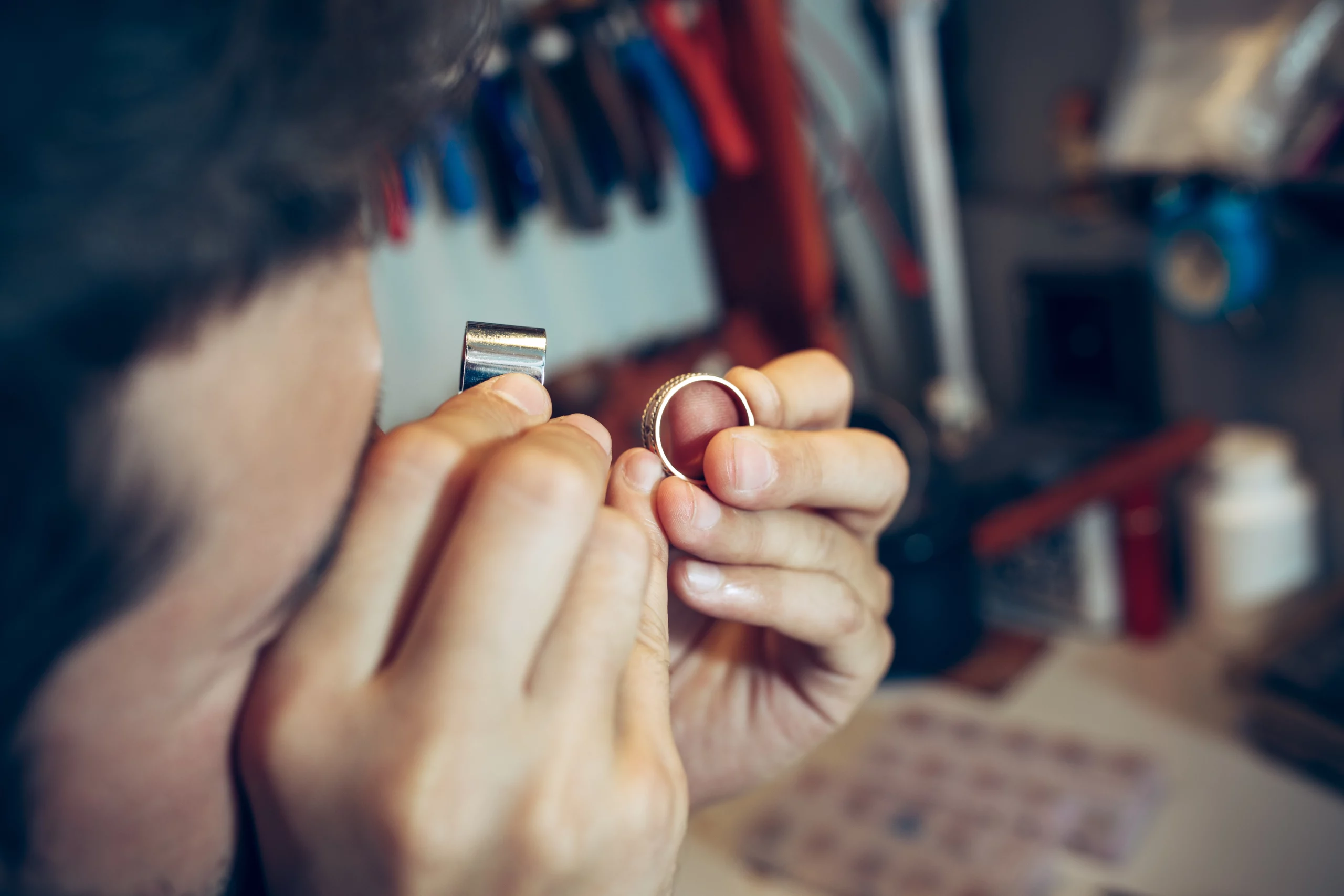Jewellers are often called upon to make valuations for a variety of reasons. Whether it’s for insurance purposes, to sell or buy a piece of jewellery, or for estate planning, a proper valuation is essential for ensuring that you receive fair market value for your pieces.
In this article, we’ll take a look at the process that jewellers use to make valuations and what factors they take into account.
Authenticity
The first step in making a valuation is to determine the authenticity of the piece.
Jewellers have a number of tools and techniques at their disposal for this purpose, including magnifying glasses, a jeweller’s loupe, and microscopes.
They may also use various testing methods, such as acid testing, to determine the composition of the metal and the quality of the gems.
Condition
Once the authenticity of the piece has been established, the next step is to determine its condition.
Jewellers will examine the piece carefully, looking for any signs of wear and tear, damage, or repairs.
They will also take note of any unusual features or characteristics that might affect the value of the piece. For example, if a piece is signed by a famous designer or is part of a limited edition, this will likely increase its value.
Value of Comparative Pieces
After determining the condition of the piece, the jeweller will then research similar pieces to establish a current market value.
This involves looking at prices for similar pieces in recent sales, both online and in jewellery stores. Jewellers will also look at prices for similar pieces at auction, as well as prices for similar pieces in trade publications and reference books.
By comparing prices for similar pieces, jewellers can establish a fair market value for the piece they are valuing.
Quality
The quality of the gemstones is another important factor that jewellers take into account when making valuations.
Diamonds, for example, are evaluated based on the “four Cs”: carat weight, cut, colour, and clarity.
The carat weight refers to the size of the diamond, while the cut, colour, and clarity refer to the quality of the diamond.
History
Jewellers may take into account any historical or sentimental value that a piece might have.
For example, if a piece of jewellery has been passed down through a family for generations, this could increase its value.
Similarly, if a piece of jewellery has a historical or cultural significance, this could also affect its value.
The Type of Valuation
It’s important to note that the type of valuation can also affect the final value of a piece
For example, for an insurance valuation, jewellers are typically more conservative in their estimates, as the primary goal is to protect the policyholder’s interests.
In contrast, when evaluating a piece for sale, jewellers will typically be more optimistic, as they want to maximise the value of the piece to the seller.
Making The Cut
Making a jewellery valuation is a complex and detailed process that requires a jeweller to have a deep understanding of the jewellery market, as well as a keen eye for detail and quality.
They must consider factors such as the authenticity, condition, current market value, gemstone quality, and historical or sentimental value.
Ultimately, the goal is to provide an accurate and fair valuation that reflects the true value of the piece.
How Much Is It Worth?
We can tell you. It is always better to go to a professional jeweller with reputation and credibility to make a valuation. We’ve been Glasgow’s jeweller of note for the last 35 years.
Contact us at 0141 946 6333 to get a valuation based on our years of expertise.
